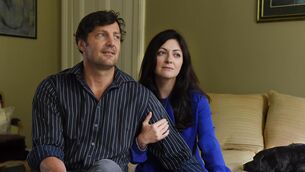Hospitals accounted for more than one third of health expenditure in 2017

Hospitals are by far the most expensive part of our health system, soaking up more than a third of the €21.1bn expenditure on health in 2017, new figures from the Central Statistics Office (CSO) show. In fact expenditure on hospitals increased by 20% between 2012 and 2017.
The figures bolster the case for shifting more care into the community, as envisaged in Sláintecare, the government blueprint for health reform. The figures also show that administration of the health system, public and private, amounted to €625m, 3% of total health expenditure.













